|

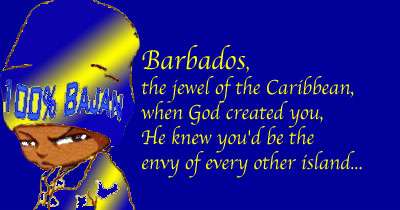


A Bajan SpeaksWelcome to my home, my island, my paradise
and share the sunshine, the flowers and the rain
Walk with me along our glorious beaches
and
your heart will say come again, come again.
Listen with me to the surf upon the shore
whispering stories of far distant lands
and see the flash of green at sunset
that tells you, you are safely in his hands.
Smell the myriad tiny blossoms of the frangipani tree
and hear the birds greet you
as you go
feel the soft warm breeze surround you that makes the red blossoms wave a glad hello.
There is fruit in all abundance piled high upon our carts
and peace beyond understanding
for the world weary heart
Join us in our worship, sing a joyous song
clasp our hands together and my
world can not go wrong.
And when you leave, if leave you must, take with you my prayer
that your travels
may be peaceful and free from worldly care,
and that one day you will come again to greet me as a friend
then
my island will embrace you and hold you till the end.
H.Hargreaves
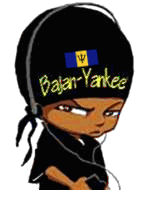

Barbados means bearded. The island got its name because of the mossy plants that
hang from the trees. The British established the first permanent settlement in 1627. Slaves were brought there
to work on tobacco, sugar cane, and cotton plantations until slavery was abolished in the 1800's. Barbados gained
self- government in 1961 and full independence in 1966.
Most of Barbados' economy is based on manufacturing, processing, tourism, and agriculture.
Many people farm or work at sugar plantations. Others work in the tourism businesses. Still others work for the government
providing services. Some also work in factories, in fishing or on construction sites. Barbados is a former British
colony. The Barbadian economy is increasingly dependent on tourism as the chief industry.
The British established the first settlement in the year 1627. Barbados got self-government
between the years 1961 and 1966. The head of the government is the Prime Minister. The legislative body is the
Parliament. It is made of the House of Assembly, which is elected by popular votes, and the Senate, which is appointed
by the government. Barbados is a member of the British Commonwealth, and they recognize the British monarch, represented
by the governor-general, as the head of state.
Barbados is a lot like England. The traffic moves on the left side, and cricket is the
most popular sport.
Barbados' area is 166 square miles.
Its population is 262,000.
Barbados' climate is tropical and rainy.
Its highest elevation is Mount Hillaby, which stands 1,104 ft.
Barbados' religions are Anglican (50%), Protestant (32%), and Roman Catholic (6%).

|
The Story Of Crop Over |
|
The Crop Over Festival of is a uniquely Barbadian festival, originating out
of the harvest festivals of two cultures - England and West Africa. The English celebrated their Harvest Home Festivals, while
the West Africans celebrated various festivals, including the Yam Festival - the yam being a staple food of that region.
The
early Crop Over festivals were not centrally organised as they are today, but were celebrated on individual plantations or
groups of plantations, where activities were concentrated in the mill-yard - the first site involved in the harvesting of
the sugar crop. At one time, there were close to five hundred mills scattered across Barbados, and although festivities varied
from area to area, they all followed a basic pattern.
The very last loads of canes to be harvested were brought into
the mill-yard as the nucleus of a procession of animal-drawn carts. These carts were decorated with branches and flowers;
the canes were tied down with brightly coloured cloth.
The first cart was usually led by a resplendently clad woman;
after this came the other carts accompanied by the various workers associated with the sugar crop, all carrying final loads
of canes. The very last card carried 'Mr. Harding', an effigy made of cane trash stuffed into an old pair of trousers and
coat, with a top hat on its 'head'. Mr. Harding symbolised the period between sugar crops, when employment was difficult to
obtain and money was scarce. The time was referred to as 'Hard Time', so that the crop time and the hard time divided the
Barbadian year, in the same way that spring, summer, autumn and winter divided the year in countries with temperate climates.
A Barbadian might be a sugar worker during crop time and a carpenter - if he was lucky - in the hard time.
The procession
entered the mill-yard and made two or three circuits of the yard so that the enthusiastic crowd could get a good look at the
beautiful decorations. As the procession stopped, an old and respected labourer stepped forward to the waiting plantation
owner or manager, the day's host. With exaggerated solemnity, the labourer thanked the host on behalf of the other revellers,
after a similarly exaggerated reply, the festivities started.
Food was very important on the agenda. The plantation
provided a number of animals to be slaughtered, so that there was meat in abundance, made into stews, pudding and souse and
roast pork. There were also fragrant pots of peas and rice (or is that rice and peas?) as well as coconut bread, pone, cassava
'hats', salt-bread, cheese, ham and fish cakes.
All of the above was washed down with copious amounts of liquid, both alcoholic
and non-alcoholic. 'Swank' was a favourite, made from cane liquor and water; fancy molasses, coconut water, rum and falernum
- a very sweet alcoholic beverage - were also served.
And then, there was the music! The tuk band played a very active
role, with its accompanying troupe of 'shaggy bear' - a man dressed in a costume made of plantain sheaves; the 'mother Sally'
- another man dressed as a woman with exaggerated bosom an buttocks and the 'donkey man' - who danced in a donkey costume
with four legs, but which, in silhouette, looked like a man riding a two-legged animal.
Very popular too, was the art
of stilt-walking, either in the form of competition or demonstration; which featured stilt-walkers stripping to their underwear
during the performance! The captive audience was also thrilled by other competitions: catching the greasy pig - where the
prize was the actual pig. Another game of skill involved climbing a greased pole, which carried the prize money at the very
top of the pole, as well as stick-licking competitions.
The grand finale of the festivities was the burning of 'Mr.
Harding' - the straw effigy - to symbolise the fervent hope that the hard times to come would not be too severe. The festival
as previously described was discontinued in the 1940's. It is widely believed that the hardships experienced during World
War Two, made such high-spirited celebrations impossible.
In an effort to fill the void left by the absence of Crop
Over, the Junior Chamber of Commerce began to stage an annual carnival at Kensington Oval; this ran from 1958 to 1964. It
comprised float parades, masquerade bands, calypso tents and beauty pageants.
Then the eastern chapter of the
Jaycees, led by the likes of Hilford Murrell and Warwick Franklyn, organised an annual arts festival in 1973, which was taken
over by the Community Development Department and became the precursor to the National Independence Festival of Creative Arts
- NIFCA.
The Yoruba Foundation, under the direction of Elombe Mottley, came up with the idea of reviving Crop Over.
However, it did not receive the necessary support and approval from Government; the concept was eventually taken up by the
Board of tourism, now the Barbados Tourism Authority. That planning committee was headed by Julian Marryshaw, Carol Cadogan
and Emile Straker. The idea was to create an event which would attract tourists to the island during a referred to in the
industry as the 'slow season'.
The responsibility of producing Crop Over was later handed to the Ministry of Culture,
then headed by Nigel Harper and subsequently Elombe Mottley. In 1983 the National Cultural Foundation was established, and
has been conceptualizing and producing the festival ever since.
In recent years, the Crop Over Festival is spread
over a three week period, commencing with the Opening Gala and Ceremonial Delivery of the Last Canes and culminating with
the costume parade through the streets leading to the Spring Garden Highway - Grand Kadooment.
The Pic-O-De-Crop
Calypso competition is one of the most keenly contested in the region, while the Party Monarch Competition takes advantage
of the ruggedly beautiful setting of the East Coast Road as its backdrop. There's also the Junior Kadooment Parade and Junior
Calypso Monarch Competition, the Fine Art and Craft Exhibition, Folk Festival Gospel Concert and Bridgetown Market. Cohobblopot
is arguably the biggest and most exciting party of the season, featuring performances from the hottest bands and calypsonians;
the Kings and Queens of the costume bands also parade before the judges.
|
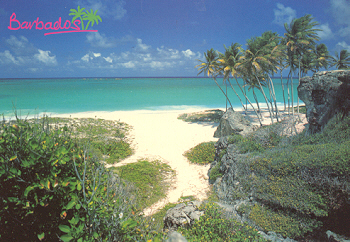


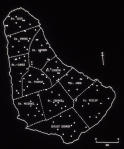
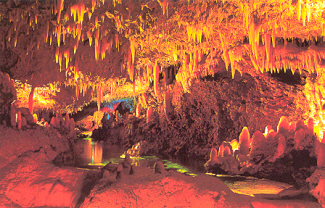

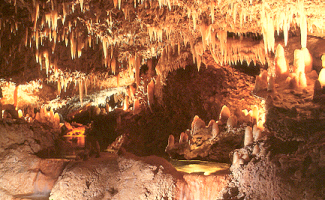

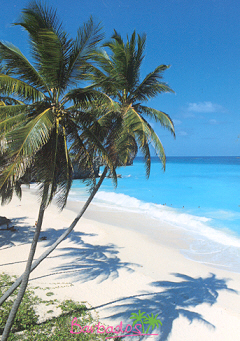
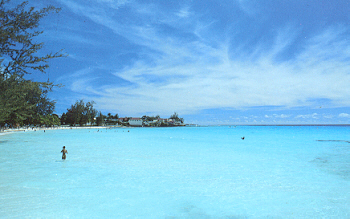
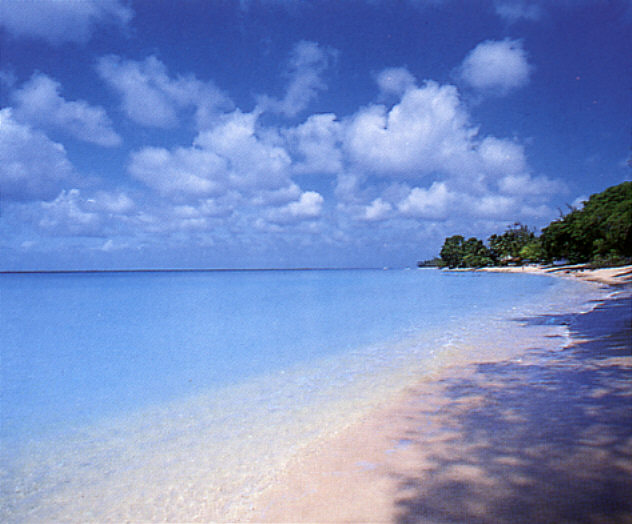


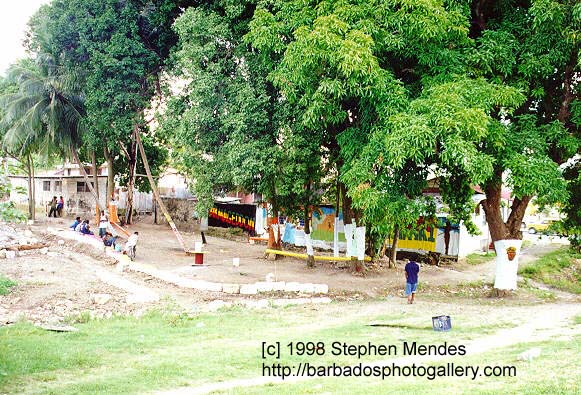
Here are some pictures of Barbados - more will follow...
|

